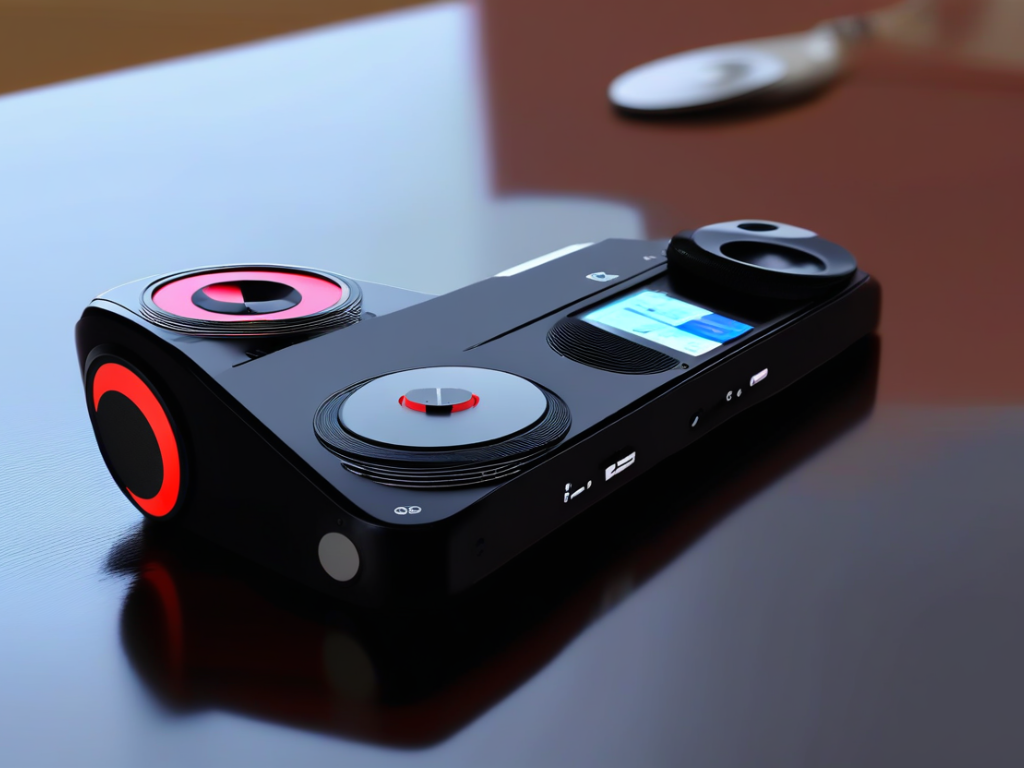Welcome to the ultimate guide to choosing the best music player for your needs. As an audio enthusiast, the search for the perfect music player is a quest that combines technical specifications, sound quality, design, and usability. With the myriad of options available in the market, from portable players to high-end digital audio players, finding the ideal device can be overwhelming. In this comprehensive guide, we will delve into the key factors to consider when selecting a music player that complements your listening preferences and lifestyle.
In this article you will find:
- Understanding Your Listening Habits
- Example:
- Sound Quality Matters
- Comparison:
- Portability and Design
- Case Study:
- Expandable Storage and Connectivity
- Real-Life Example:
- User Interface and Software Ecosystem
- Comparison:
- Final Thoughts
Understanding Your Listening Habits
The first step in choosing a music player is to evaluate your listening habits. Are you a casual listener who enjoys music on the go, or a dedicated audiophile seeking the highest quality sound reproduction? Consider how you consume music – whether it’s streaming services, local files, or a combination of both. Understanding your preferences will help narrow down the features you need in a music player.
Example:
For someone who primarily streams music from online platforms, a music player with robust wireless connectivity and app integration may be more suitable, such as the Sony Walkman NW-A105.
Sound Quality Matters
Sound quality is a crucial aspect of any music player. Look for devices that support high-resolution audio formats like FLAC or DSD if you want to experience music in its purest form. Consider the quality of the DAC (Digital-to-Analog Converter) and amplifier, as they significantly impact the overall sound performance. Pay attention to the frequency response, signal-to-noise ratio, and output impedance of the music player.
Comparison:
Comparing the sound quality of the Astell & Kern A&ultima SP1000 to the FiiO M11 Pro can showcase the differences in audio output and clarity for discerning listeners.
Portability and Design
Portability and design play a significant role in choosing a music player. If you’re always on the move, a compact and lightweight player with long battery life is essential. Consider the build quality, display size, and ease of use when selecting a portable device. Touchscreen interfaces and physical controls offer different user experiences, so choose one that matches your preferences.

Case Study:
The Apple iPod Classic revolutionized portable music players with its iconic design and simple user interface, setting the standard for modern devices such as the HiBy R3 Pro Saber.
Expandable Storage and Connectivity
Check if the music player offers expandable storage options such as microSD card slots to store your entire music library without limitations. Connectivity features like Bluetooth, Wi-Fi, and USB-C are essential for seamless file transfer and wireless streaming. Some players even support offline playback from streaming services, providing flexibility in how you enjoy your music.
Real-Life Example:
The Shanling M6 Pro offers dual microSD card slots for expandable storage, along with LDAC Bluetooth support for high-quality wireless audio transmission.
User Interface and Software Ecosystem
A user-friendly interface and robust software ecosystem enhance the overall music player experience. Choose a device with intuitive navigation, responsive controls, and customizable settings for personalized usage. Consider the availability of firmware updates, third-party app support, and digital audio player (DAP) specific features like parametric equalizers or streaming platform integration.
Comparison:
The user interface of the Sony Walkman ZX507 versus the iBasso DX300 showcases different approaches to menu navigation and audio settings for diverse user preferences.
Final Thoughts
Choosing the best music player involves a blend of technical specifications, sound quality, design, and usability that cater to your unique listening requirements. By understanding your listening habits, prioritizing sound quality, considering portability and design, evaluating storage and connectivity options, and assessing the user interface, you can find the perfect device that resonates with your musical journey. Explore the diverse landscape of music players, experiment with different models, and immerse yourself in the world of high-fidelity audio to elevate your listening experience.

